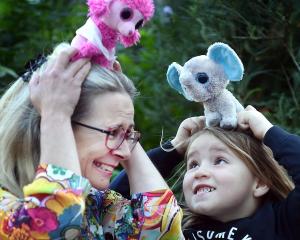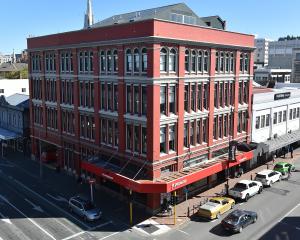It was unusual for the big flocks of spotted shags to spend more than a few hours in Otago Harbour but this time they stayed for four days, ornithologist Dr Jill Hamel said.
While the rest had flown off, one solitary shag remained on the roost near eastern Marne St in the Andersons Bay inlet.
''It's sitting there all on its own but it'll probably fly off soon.''
The rocky inlet was a safe place for the fishing fleet of birds to rest, sleep and conserve energy, she said. The ''cloud'' of birds was likely to have been feeding on young yellow-eyed mullet.
With the flock gone, the ''regulars'' had returned to their usual roosting spots, she said.
The species that had been seen roosting there recently included black-backed gulls, black oyster-catchers, little shags, spoonbills, pied stilts, paradise ducks and red-billed gulls.
''At high tide, it's extremely well used, with up to 10 species on it.''
Since the roost was constructed in 2009, she had seen 14 species of birds use the it, Dr Hamel said.
The greatest number of different species she had seen using the roost at one time was nine, she said.
Usually, a dozen birds roosted on the rocks and having so many birds flocking would have surprised some locals.
''It would have been a shock to the residents.''












